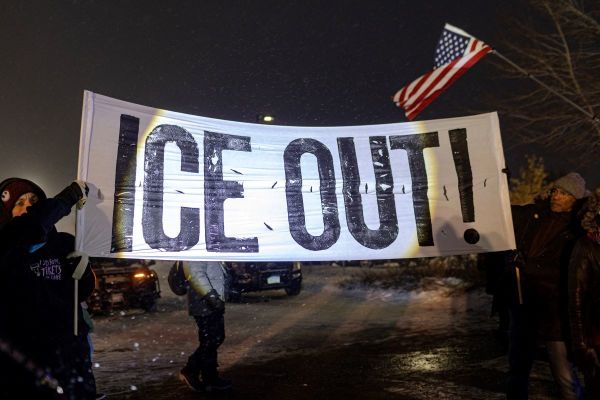Tsunami Trash Island Not 'Texas-Sized' But Still Heading to West Coast of North America
Reports of a tsunami created trash island are largely overblown say scientists who insist while there is tons of trash heading for North America's west coast it is not a "Texas-sized" island of trash as has been reported.
The National Oceanic and Atmospheric Administration (NOAA) previously released a map in September that showed the "expected distribution of simulated particles."
Officials concede that the outlined area in the simulation is a large area and could have led people to conclude that a state size trash heap was heading straight for them.
But the outlined section was simply an illustration of where there is a higher concentration of trash particles.
While scientists say more trash is on the way and should wash ashore in the coming months, debris has already washed up on U.S. coastlines that contain organisms native to Japan.
"At first we were only thinking about objects like the floating docks, but now we're finding that all kinds of Japanese organisms are growing on the debris," John Chapman of the Marine Science Center at Oregon State University told FoxNews.com. "We've found over 165 non-native species so far."
Some of the trash has been caught in the North Pacific Ocean current about 1,000 miles off the western United States and has been steadily increasing in size over the past several decades. But as some mariners explain, oceanic debris is not isolated to one area or one ocean.
"The debris is dispersed. We have gotten samples from the Indian Ocean, [and] the Atlantic," according to Captain Charles Moore of the Algalita Marine Research Organization. "There's plastic in all of these oceans."
But researchers agree that curtailing the amount of garbage and debris that enters our water systems is one of the single most important actions that need to be taken in order to ensure the health of aquatic ecosystems, while not focusing too much on natural disasters and the debris that is produced.
"I'm more concerned about our constant input of trash than I am about these one-time disasters," Miriam Goldstein, a graduate student at the Scripps Institution of Oceanography at UC San Diego, told the Los Angeles Times.
She continued: "We can't prevent terrible events like the tsunami, but dumping plastic into the ocean is something we can control and don't do very well."





















